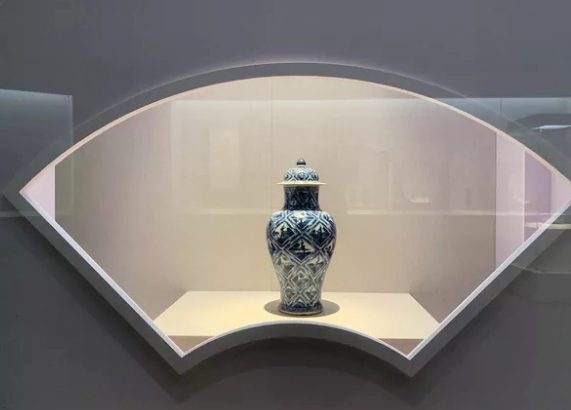Low-reflection glass is a type of glass with low reflectivity and is used in a variety of areas where light reflection and glare interference need to be avoided. The following are the main application areas of low-reflection glass:

Architecture: Low-reflective glass has a wide range of applications in architecture, such as windows, curtain walls, and observation lifts in high-rise buildings. The use of low-reflection glass can avoid the visual interference of sunlight reflection and glare, and improve the lighting effect and visual comfort of the building. At the same time, low-reflective glass can also improve the energy-saving performance of buildings and reduce energy consumption.
Optical Instruments: Low-reflective glass also has important applications in the field of optical instruments, such as telescopes, microscopes, and cameras. The use of low-reflection glass can reduce the reflection of light and glare on the performance of the instrument, and improve the accuracy and stability of the instrument.
Solar energy field: Low-reflection glass has a wide range of applications in the field of solar energy use, such as solar water heaters, solar panels, and solar lamps and lanterns. The use of low-reflection glass can increase the transmittance of sunlight and improve the efficiency and performance of solar energy equipment.
Transportation: Low-reflective glass is also used in transportation applications, such as aircraft, automobiles, and trains. The use of low-reflective glass can reduce sunlight reflection and glare interference to drivers and passengers, and improve traffic safety and comfort.
Electronic equipment: Low-reflection glass is also used in electronic equipment such as TVs, computers, and mobile phones. The use of low-reflective glass can reduce light reflection and glare on the visual interference, and improve the visibility and clarity of the equipment.
Art: Low reflective glass is also used in art applications such as galleries, museums, and art exhibitions. The use of low-reflection glass can reduce the interference of light reflection and glare on the exhibits, protect the exhibits, and improve the viewing effect.
Environmental protection: Low-reflective glass is also used in environmental protection, such as environmental protection buildings, solar power stations, and wind power generation. The use of low-reflection glass can reduce the interference and pollution of the natural environment, improve energy efficiency, and promote sustainable development.
In short, low-reflective glass has a wide range of applications in various fields and has an important development prospect. With the progress of science and technology and the increase in market demand, the technology and application of low-reflection glass will continue to expand and innovate.






